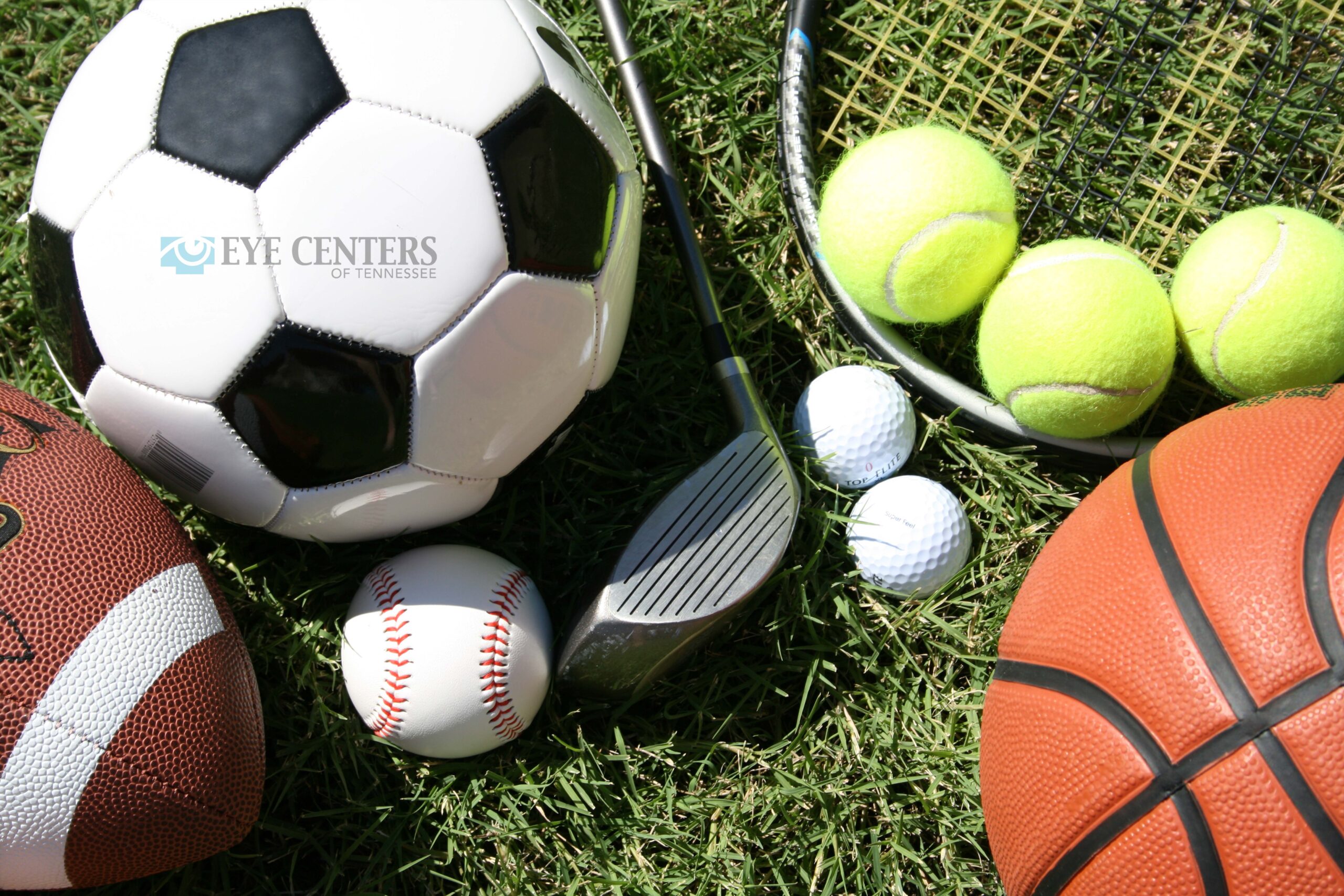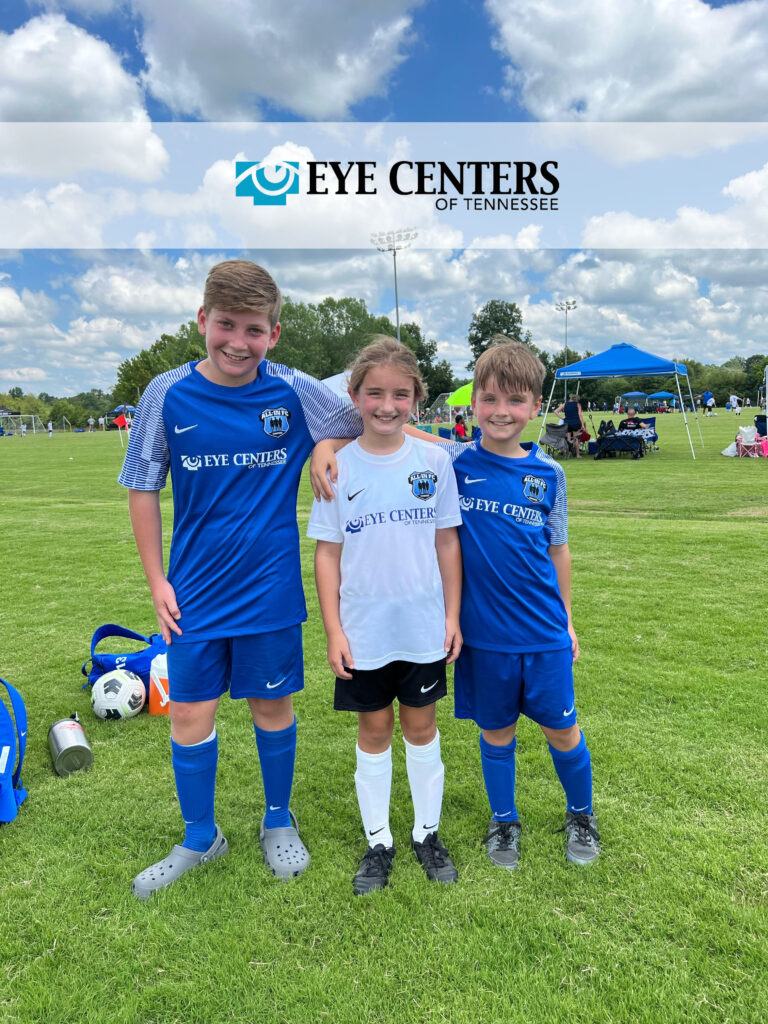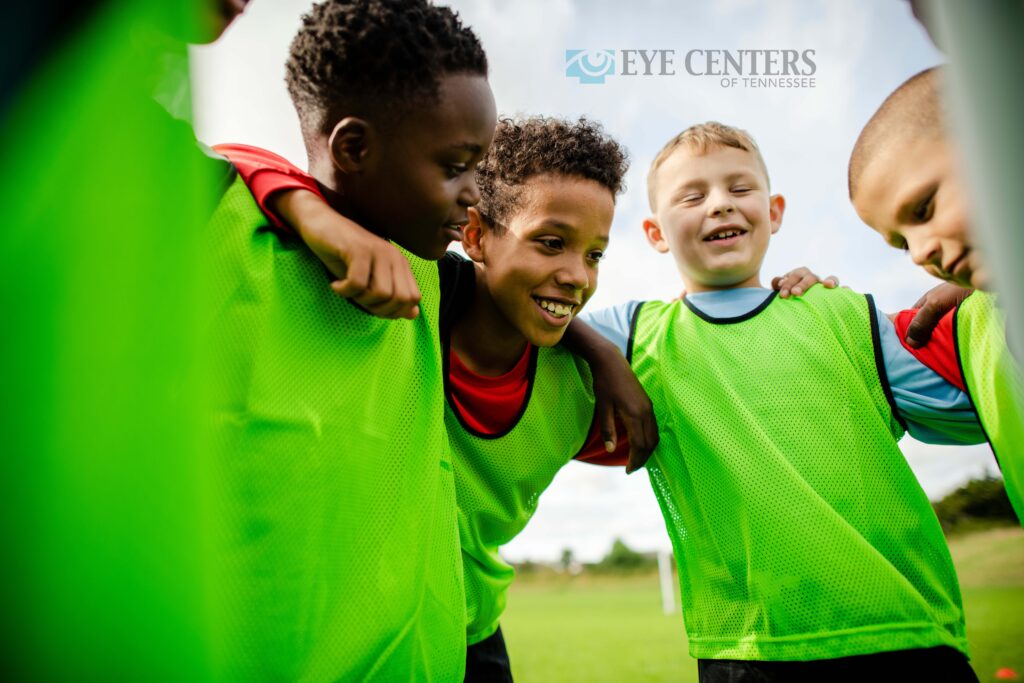
Sep 3, 2022
Importance of Vision Screenings in youth sports.
If your child has signed up to play a sport, you are probably creating a to-do list as you prepare for the season. As a parent, you will have to buy certain items for them to be successful and safe. As you make a shopping list for equipment and safety gear, have you considered the importance of a vision screening? The Centers for Disease Control and Prevention estimate that more than 600,000 children and teens have a vision disorder. Children involved in youth sports need specific eye exams to check for vision deficits that may affect their performance.

Your child may have already had their annual physical, but a sports vision test will specifically focus on the aspects of their vision that may directly impact their ability to play safely. Poor vision may put them at risk of injury to themselves or their teammates. Children’s athletic performance may also be hindered due to problems with their vision. Did you know that 80% of all learning occurs visually? Skill advancement is challenging but would be extremely difficult for a child suffering from a vision disorder.
It is helpful to understand the vision skills needed for your child’s optimal sports performance.
- Eye-hand coordination: Coordination plays an important role for a child playing almost any sport. If vision was interfering with eye-hand coordination, it would be challenging to swing a tennis racket, hit a hockey puck, catch a football, throw a softball, and so on.
- Depth perception: This skill allows the child to judge distance. If a child is experiencing a vision issue, they may have difficulty reaching the goal or get hit by a flying ball.
- Eye tracking: This is the ability of a child to visually follow fast-moving objects or people. A soccer player would not be able to kick a ball without this skill.
- Peripheral vision: It is a necessary sports skill for a child to see what is happening besides them without turning their head. A child with poor peripheral vision may collide with another player running on the field.

You may be thinking, “My child would tell me if they couldn’t see or if their vision was blurry. I think their eyes are probably fine.” However, this is not always the case, especially in younger children. Kids have a hard time expressing a problem they don’t know they have. In the classroom or at home your child may be presenting their vision issues as changes in mood or behaviors. Vision problems are also more prevalent as children are spending more time on screens and less time outside playing.
Checking off that to-do list may be challenging but prioritizing your child’s vision is a simple task. Give us a call today to schedule a sports vision test and make this season their best!
